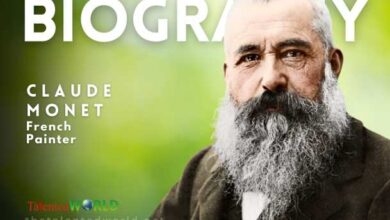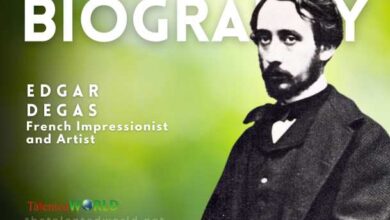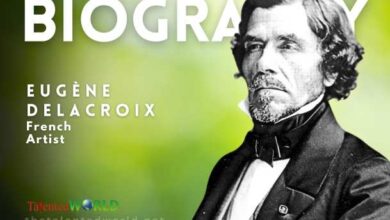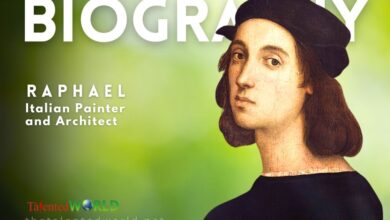Quick Facts
| Attribute | Details |
|---|---|
| Full Name | Henri Émile Benoît Matisse |
| Birth | 31 December 1869, Le Cateau-Cambrésis, France |
| Death | 3 November 1954 (aged 84), Nice, France |
| Education | – Studied at Académie Julian under William-Adolphe Bouguereau – Studied at École Nationale des Beaux-Arts under Gustave Moreau |
| Known for | Painting, printmaking, sculpture, drawing, collage |
| Notable Works | – Woman with a Hat (1905) – The Joy of Life (1906) – Nu bleu (1907) – La Danse (1909) – L’Atelier Rouge (1911) – The Snail (1953) |
| Movement | Fauvism, Modernism, Post-Impressionism |
| Spouse | Amélie Noellie Parayre (married in 1898, divorced in 1939) |
| Children | 3 |
| Patrons | Sergei Shchukin, Gertrude Stein, Etta Cone, Claribel Cone, Sarah Stein, Albert C. Barnes |
| Artistic Style | – Intense colorism characterized by the works painted between 1900 and 1905, leading to his association with the Fauves (“wild beasts”) – Rigorous style developed after 1906 emphasizing flattened forms and decorative pattern – Classical tradition upheld in his works during the 1920s – Bolder simplification of form adopted after 1930 |
| Legacy | – Alongside Pablo Picasso, regarded as defining revolutionary developments in visual arts in the early 20th century – Recognized for mastery of expressive language of color and drawing |





